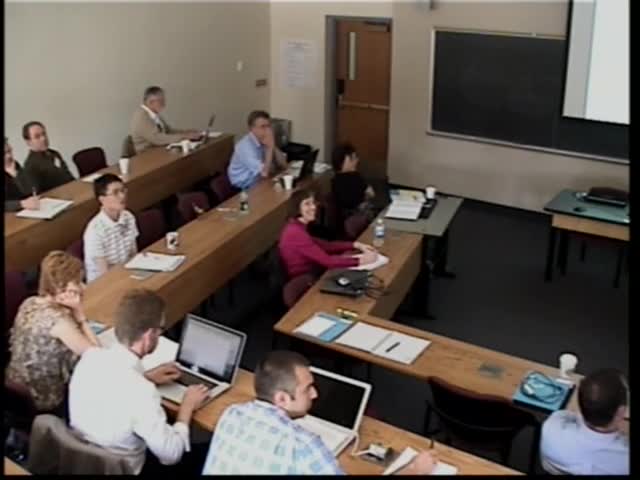Improved Quantification of Prediction Error for Kriging Response Surfaces
Presenter
June 2, 2011
Keywords:
- Prediction
MSC:
- 62M20
Abstract
Kriging response surfaces are now widely used to optimize design parameters in industrial applications where assessing a design's performance requires long computer simulations. The typical approach starts by running the computer simulations at points in an experiment design and then fitting kriging surfaces to the resulting data. One then proceeds iteratively: calculations are made on the surfaces to select new point(s); the simulations are run at these points; and the surfaces are updated to reflect the results. The most advanced approaches for selecting new points for sampling balance sampling where the kriging predictor is good (local search) with sampling where the kriging mean squared error is high (global search). Putting some emphasis on searching where the error is high ensures that we improve the accuracy of the surfaces between iterations and also makes the search global.
A potential problem with these approaches, however, is that the classic formula for the kriging mean squared error underestimates the true error, especially in small samples. The reason is that the formula is derived under the assumption that the parameters of the underlying stochastic process are known, but in reality they are estimated. In this paper, we show how to fix this underestimation problem and explore how doing so affects the performance of kriging-based optimization methods.
